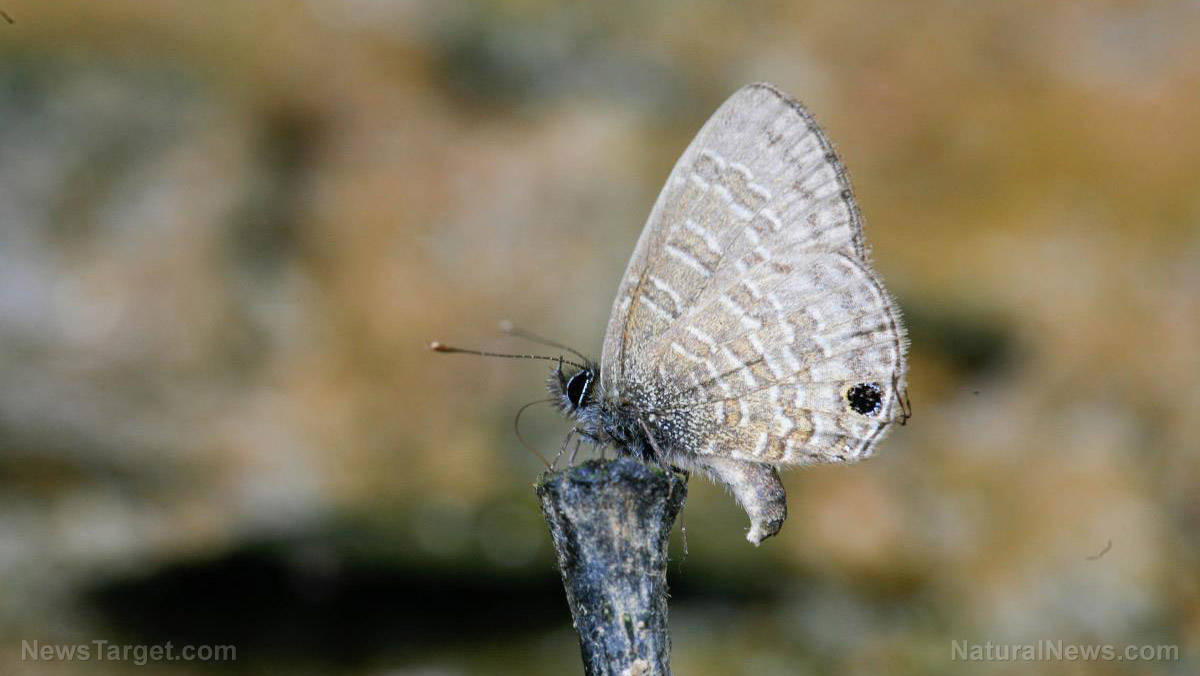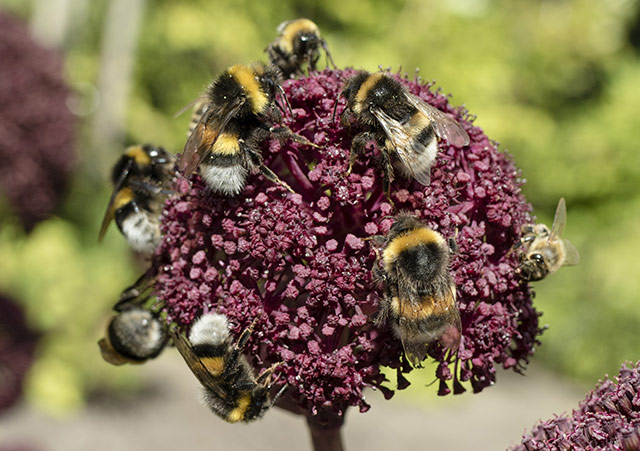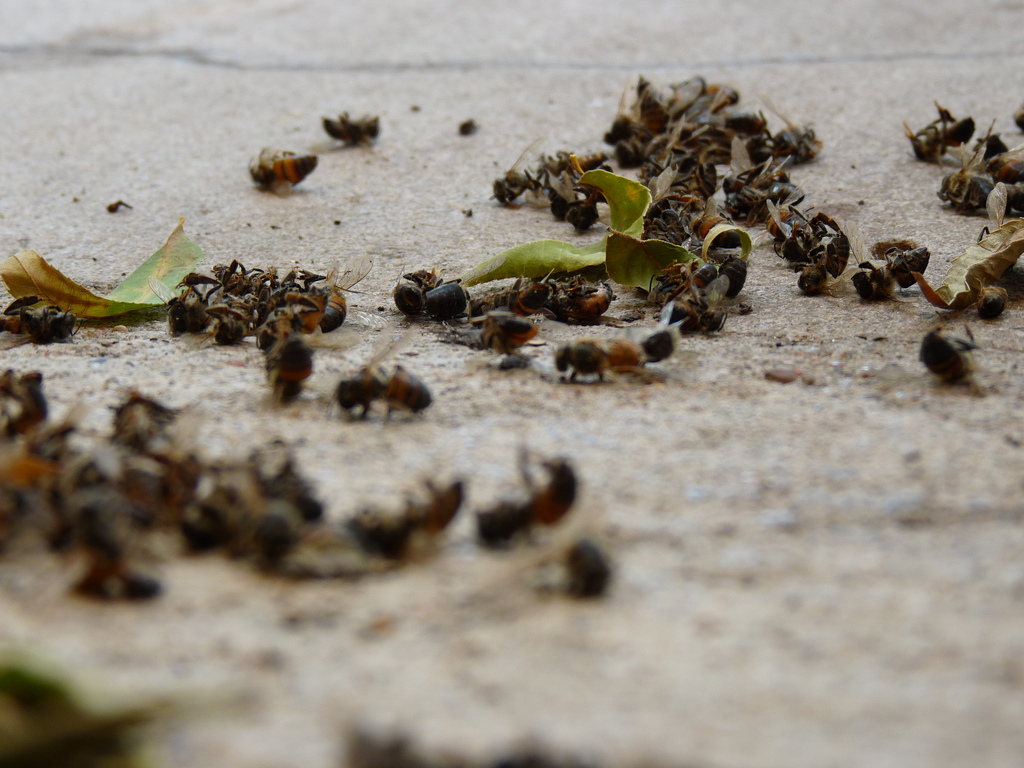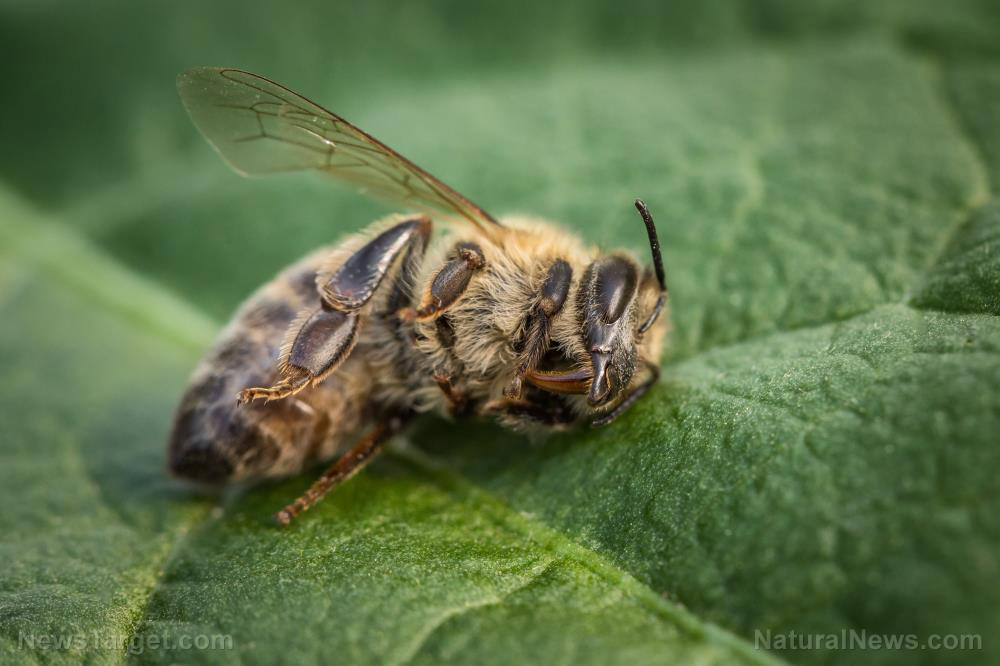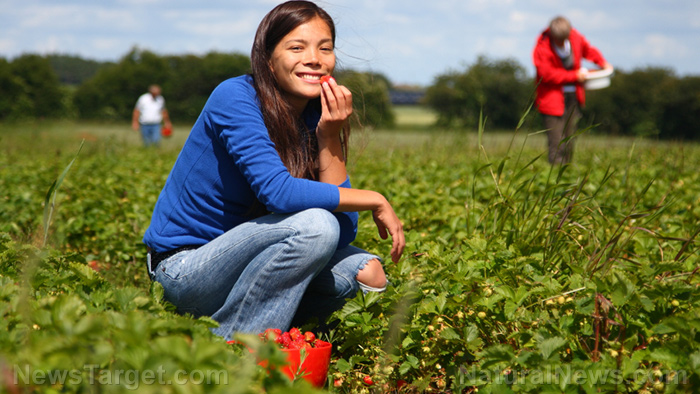
The study, which was published in the journal Proceedings of the Royal Society B, was conducted by researchers from Cornell University.
Can wildflowers attract bumblebees and protect crops?
Sustainable and organic farmers are at a loss because bee pollinators are declining, and crop pests are lowering yields.
One environmentally-friendly solution to these problems involves bordering crops with wildflower plantings to attract pollinators and pest predators. However, researchers have suggested that these plantings could only be effective when used in farms enclosed by the right mix of natural habitat and agricultural land.
For the study, researchers ran tests on strawberry crops on New York farms. After testing the theory, the researchers discovered that wildflower strips on farms added pollinators. However, this was only possible when the farm was located in a "Goldilocks zone."
Additionally, wildflower plantings outside this zone drew more strawberry pests, all without affecting the wasps that kill those pests.
The researchers noted that more pollinators in the ideal landscape zone increased overall strawberry yields. The findings of this study can benefit various kinds of state and federal programs in the U.S. and abroad that encourage the use of pollinator habitats on farms.
Dr. Heather Grab, the study's first author, explained that since large amounts of money are being invested in these programs, it's crucial to consider "the landscape context of where these habitats are placed."
In the study, researchers suggested that targeting wildflower borders to farms with the appropriate conditions and modifying wildflower plant species could maximize the success of this method.
The Goldilocks zone theory
According to the Goldilocks zone theory, wildflower strips encircled by too much natural land would not add additional beneficial insects since "ample habitat would drown out a small strip of flowers." However, farms surrounded by other farms are already low on natural habitat and beneficial insects. This means a wildflower strip would be too small to attract more insects.
Grab, who is also a postdoctoral researcher in the lab of Katja Poveda, an associate professor of entomology and a co-author of the study, added that the area in the middle of the Goldilocks zone could be the key to this wildflower method. If there's enough natural habitat around with the right population of beneficial insects, farmers can attract insects from the natural habitat into the crop habitat. In turn, this can help boost crop production.
The researchers conducted surveys of pests, pollinators, and wasps that parasitize pests, along with fruit yield and fruit damage for a period of three years. They noted that the tiny parasitizing wasps would lay their eggs inside tarnished plant bug nymphs. This pest costs New York strawberry growers 30 percent of their annual yield.
When the eggs hatch, the larvae feed on the nymphs.
The researchers observed that the wildflower strips were increasingly effective at attracting pollinators as the years passed. Grab said that at least 25 to 55 percent of the surrounding natural landscapes was the best range for promoting bees. This closely matched the prediction of the Goldilocks theory.
While the wildflowers outside the Goldilocks zone attracted the most pests, they didn't add more wasps. This could mean that the parasitoids are not responding to the wildflower strips. (Related: Researchers look at two parasitoids from Pakistan as potential natural pest control.)
Study findings showed that various wildflower species could attract both bees and pests but certain species. For example, such as annual fleabane (Erigeron annuus), an agricultural and pasture weed in some areas, lured the most pests. These wildflowers were also not as effective at attracting bees.
Grab concluded: "If you wanted to optimize the wildflower patches, I would suggest we eliminate some of those from the list of recommended species in the plantings."
Sources include:
Please contact us for more information.

















